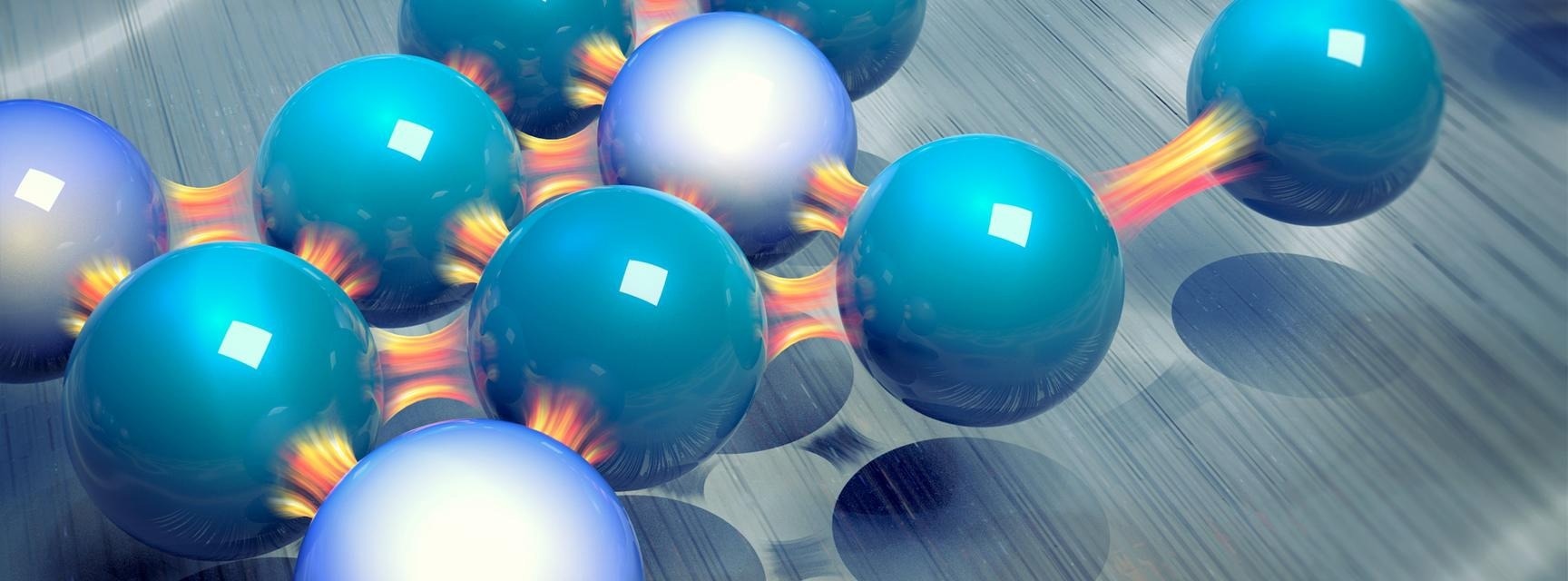A new study published in Nature Nanotechnology has shown that long-range attraction between similarly charged particles in solution is possible. Remarkably, the group also discovered that, depending on the solvent, the impact varies for positively and negatively charged particles.

Image Credit: University of Oxford
Even more unexpectedly, the researchers discovered that, depending on the solvent, the effect varies for positively and negatively charged particles.
In addition to challenging established theories, these findings have direct consequences for several processes involving interactions between molecules and between particles at different length scales, such as phase separation, self-assembly, and crystallization.
The research team from the Department of Chemistry discovered that at large separations, negatively charged particles attract one another while positively charged particles repel one another. The opposite is true for solvents like alcohol.
The basic electromagnetic principle, which states that the force between charges of the same sign is repulsive at all separations, appears to be contradicted by these unexpected results.
Now, the researchers tracked negatively charged silica microparticles suspended in water using bright-field microscopy and discovered that the particles attracted one another to form hexagonally arranged clusters. However, in water, positively charged aminated silica particles did not cluster.
The group naturally questioned if it would be possible to reverse the impact on charged particles such that negatively charged particles do not form clusters while positively charged particles do. This is exactly what they saw when they changed the solvent to an alcohol, such as ethanol, which behaves differently at the interface than water. Positively charged aminated silica particles formed hexagonal clusters, but negatively charged silica did not.
According to the researchers, the results propose a fundamental recalibration in understanding that will impact how to conceptualize processes as diverse as the pathological malfunction linked to molecular aggregation in human disease or the stability of pharmaceutical and fine chemical products.
The new results also show that properties of the solvent-induced interfacial electrical potential, like its sign and magnitude, which were previously believed to be immeasurable, can be probed.
I am really very proud of my two graduate students, as well as the undergraduates, who have all worked together to move the needle on this fundamental discovery.
Madhavi Krishnan, Study Lead Author and Professor, Department of Chemistry, University of Oxford
Sida Wang, Study First Author, Department of Chemistry, University of Oxford, added, “I still find it fascinating to see these particles attract, even having seen this a thousand times.”
Journal Reference:
Wang, S., et al, (2024) A charge-dependent long-ranged force drives tailored assembly of matter in solution. Nature Nanotechnology. doi.org/10.1038/s41565-024-01621-5.